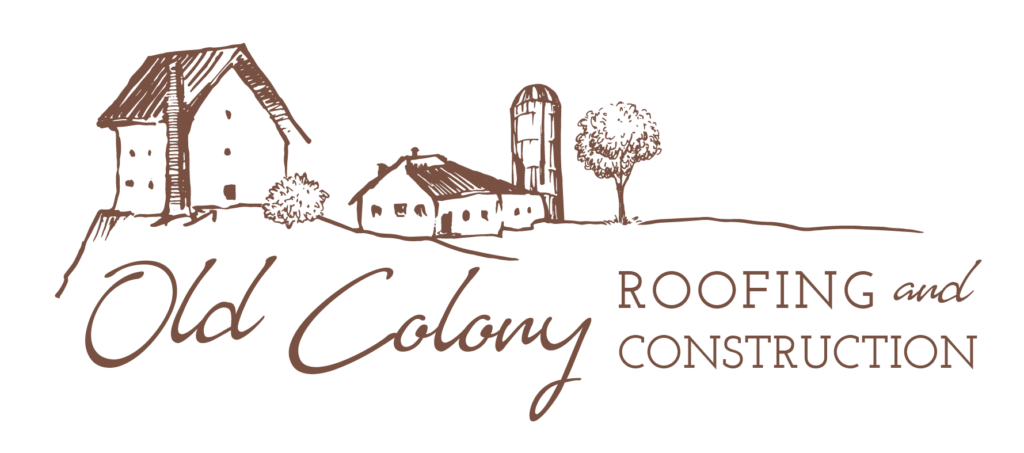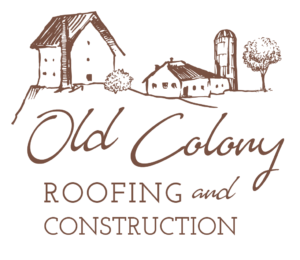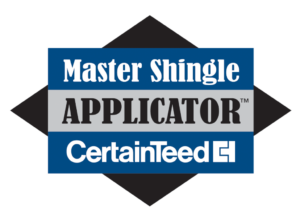Roofing Installation & Repairs
Old Colony Roofing – Roof Repairs
The average lifespan of a shingled roof is anywhere from 15-22 years, depending on materials, weather conditions and the quality of the original installation.
The older your roof, the more you’ll need to spend on repairs, especially after inclement weather. At a certain point, a roof repair is no longer a viable option, and a full Roof Replacement must be considered. Our professional team at Old Colony Roofing can assess the condition of your current roof and determine if it needs repair work done or needs to be replaced.
If the roof is damaged but most of it is still in good shape, a spot repair may make sense. But, if the roof is approaching (or past) 20 years old, replacing it may be the better way to go in the long-term.
If there’s a leak somewhere, an inspection will help determine how widespread it is.
Common Roofing Installation Mishaps
Flashing
New step flashing is never installed. Or, the old flashing is not integrated into the new shingles. New step-flashing should always be installed on a new roof installation.
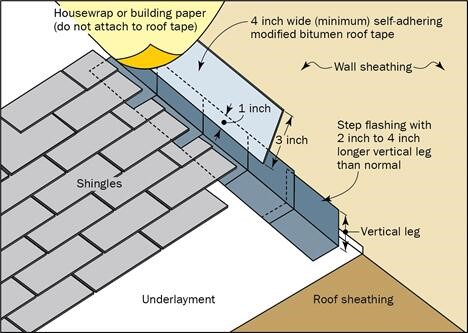
Shingle Installation
Proper shingle installation layout is crucial for your roof.
Pictured here is an improper shingle installation layout. This installation will leak due to improper shingle lapping. It also creates an unpleasant look, often called the “Zipper Effect”.
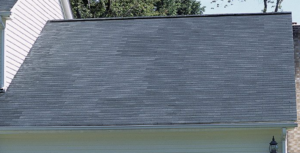
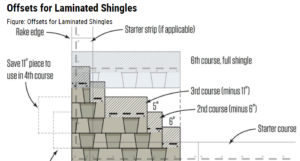
Nailing
Proper nailing is critical to the performance of asphalt shingles.
Shingles can be nailed haphazardly. In many cases, no nails are evident at all, and in others, nails were overdriven or crooked.

Accurate nailing affects the performance of roofing shingles and it is also required by the International Building Code. Below are the essentials of shingle fastener installation:
- Minimum, normal shank diameter of 11- or 12-gauge with a minimum 3/8“head diameter
- Nail length must be a minimum 1 ¼” long
- Nails should penetrate ¾” into the roof deck (sheathing)
It’s important to drive nails with a properly adjusted nail gun. If the nail gun is not adjusted correctly it can lead to over- or under-driven nails resulting in corrosion, buckling, and risk of blow-offs. Nail guns work off of PSI and a PSI gauge lets adjustments be made according to the type of sheathing the nails are being driven into. Most homes will be in the range between 90-105 PSI. If a nail is incorrectly driven, it should be immediately corrected. Fixing an under-driven nail can be done by simply tapping it down to the correct depth. In the case of crooked or over-driven nails, the nail must be removed and the hole repaired with roof cement. A new nail should be driven in a spot nearby, but not in the same hole. If repair is not possible, replace the entire shingle.
Nail placement should never be closer than once inch from the edge of a shingle and the nails should never be in a place where they will be visible or exposed to weather. Proper placement ensures maximum performance on each roof.
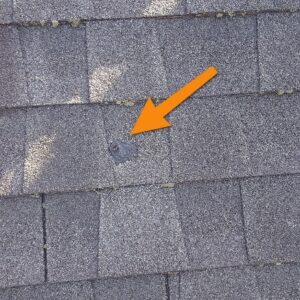
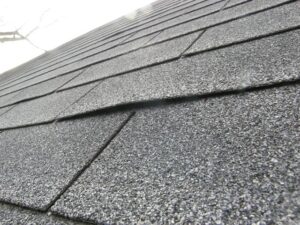
Penetrations and Shingles
Any roof penetrations, including plumbing vents, roof vents, chimneys, and skylights, present direct opportunities for leaks. Plumbing vents and pop-in roof vents are the most common problem areas, and unfortunately, on a lot of reroofs, very little effort is paid to these other than cutting the shingles around them – usually quickly, while running shingle courses.

Some Roof Vent Pipe Boots Available Today
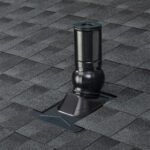
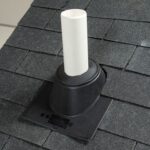
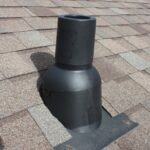
Drip Edge
Another issue is when no drip-edge installed along any of the roof edges.
Drip edge directs water away from the fascia and prevents water from rotting the fascia over time. Due to cohesion, surface tension, and other forces, water droplets tend to stick to one another and to the surfaces they are on, albeit slightly.
A drip edge is designed to take advantage of those forces and, along with gravity, direct water into the gutter.
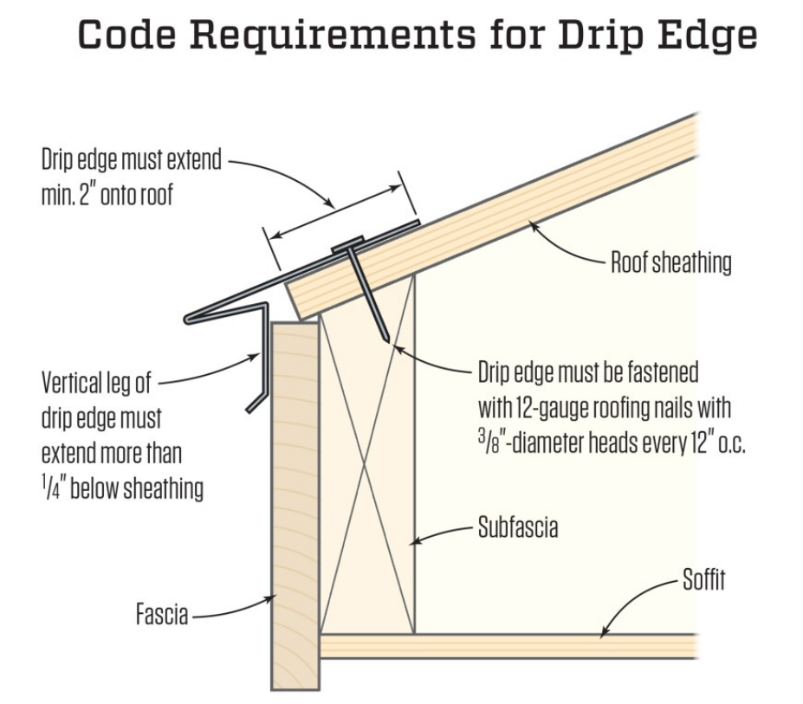
Why Drip Edge is so Important:
- Prevent water from dripping onto your fascia and causing rot.
- It forces water from the roof into the gutter or away from the house.
- Prevents leading shingles from curling or waffling.
- Prevent water from entering the attic along the rake gables.
Sheathing Materials
Sheathing is essentially the wood that is under the shingles on a roof. There are different types of sheathing.
Orient Strand Board or OSB is the most commonly used sheathing in the south east.
PROS
Less Expensive
Larger, heavier Panels
Versatile
CONS
May swell with water
Lacks a finished look
Can not be Painted
Contains Formaldehyde
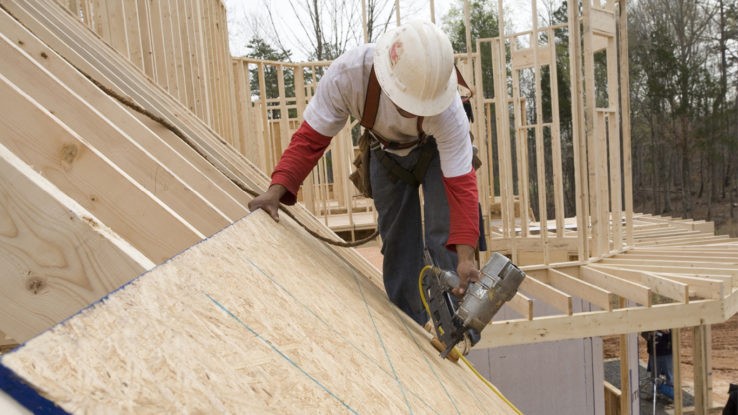
Plywood is mostly used in the north east.
PROS
Different sizes and finishes
Does not swell from water
Does not have formaldehyde
CONS
More costly option
Not as ECO friendly
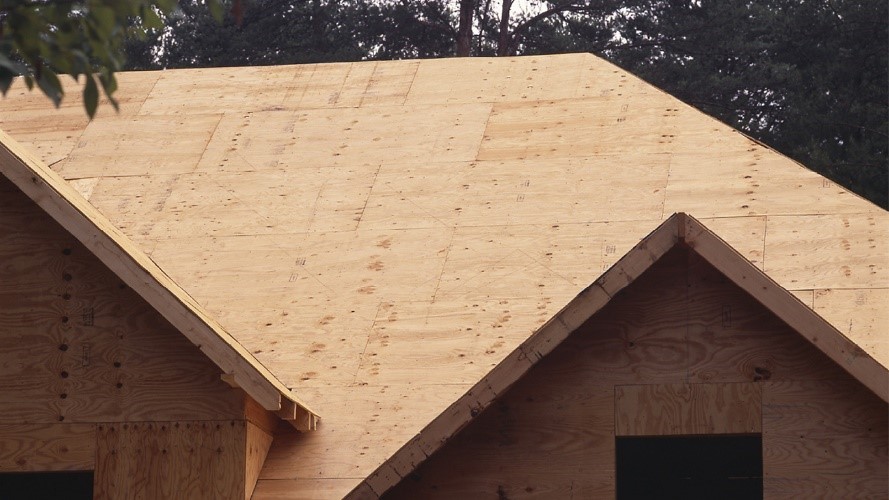
Roofing Boards, traditionally found in houses Pre 1960s.
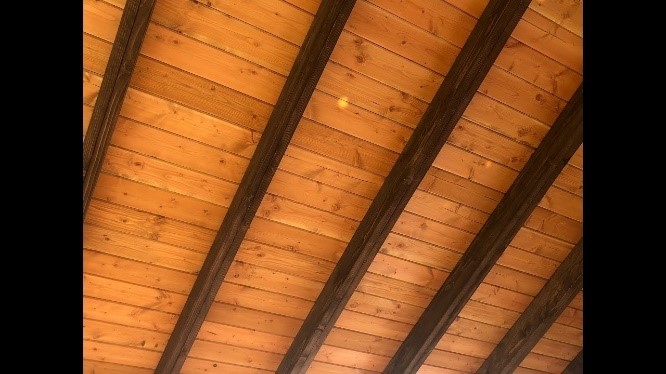
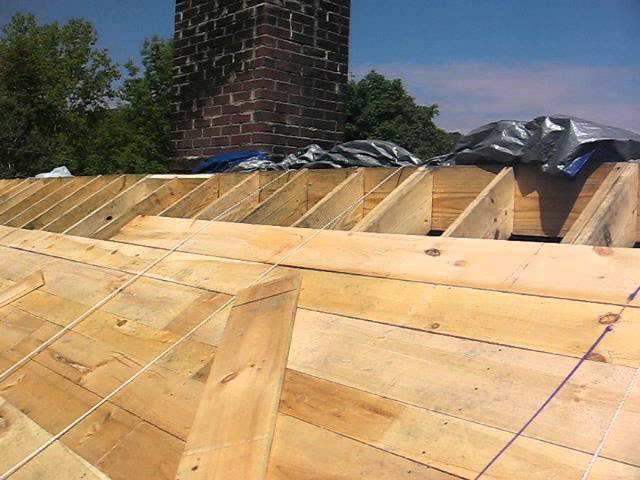
The rule of thumb is to use the same material that is on the roof for any small replacement areas. In rare cases, when mold or rot has severely compromised enough of the sheathing to replace it or cover over the existing sheathing, choices can be made.
We Know Roofs
Whether, you are looking at repairing an existing roof, or replacing a roof, there are plenty of questions to answer. Old Colony Roofing is here to provide credible and honest information – from a true expert.
The goal of these pages is to arm you with the pros and cons of a variety of roofing questions and answers.
Ask About Our Financing
Roofs as low as $99/month*
Roofing Repairs
The good news is, roofs can be repaired. The bad news is, there are reasons why this may not make sense. First, it is important to discuss common roofing failures and why these result in leaking. See below for a list of common roofing failures:

